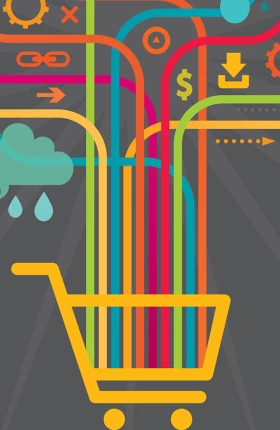Same-day delivery, a concept that bombed during the dot-com era of the late 1990s, is back on the loading dock. Major retailers such as Wal-Mart, Nordstrom, eBay, and Amazon.com are all offering same-day delivery in a limited number of locations. FedEx, UPS, and the U.S. Postal Service are partners in these pilots.
Like so much else during the dot-com era, same-day delivery was not ready for prime time when it was first offered. Kozmo.com, the best-known same-day carrier of that era, became a poster child for the excesses of the dot-com boom. Today, same-day delivery has returned—with a new set of propulsive forces. The online retail market is now much larger. Traditional retailers are under pressure from online shops such as Amazon to offer fast delivery, and carriers are facing competition from upstart same-day companies such as Shutl, Zipments, Instacart, and Postmates. In conversations with BCG, executives at retailers and carriers said that they feel compelled to respond to these threats. But does it make sense to do so? To get a better understanding of the potential for same-day delivery, we surveyed 1,500 U.S. consumers about what would cause them to buy more online.
Most consumers care more about low-cost merchandise and free delivery and returns than same-day delivery. That central finding of the survey suggests that retailers and carriers will need to carefully segment the market by customer, product, and “buying moment” in order to make same-day delivery work. In creating mass-market strategies, retailers would be better off focusing their efforts on improving other aspects of their multichannel offerings, and carriers should focus on creating seamless and enhanced delivery and routing services while they beta-test the operating requirements and revenue benefits of same-day delivery.





